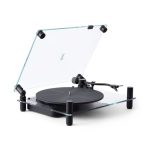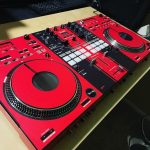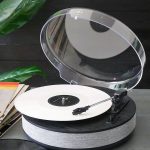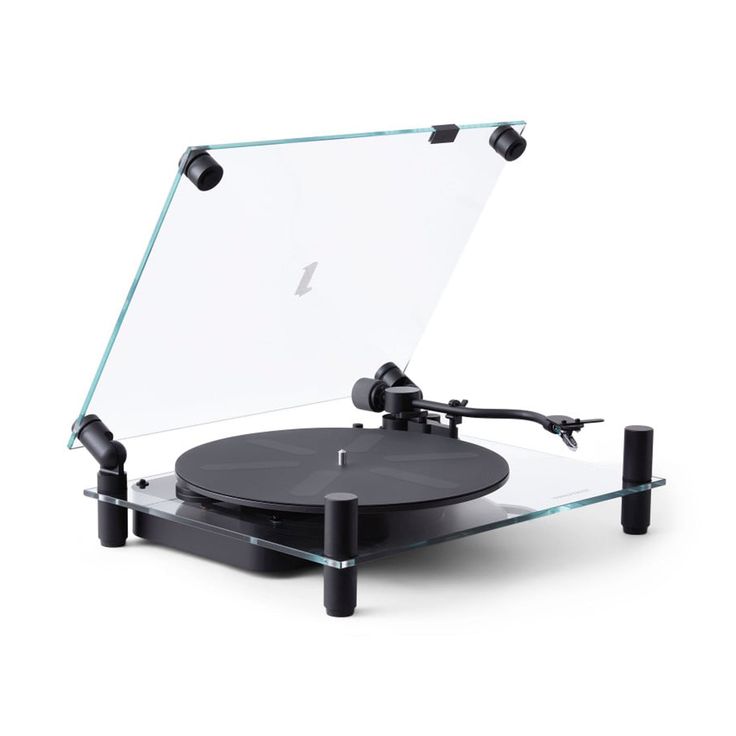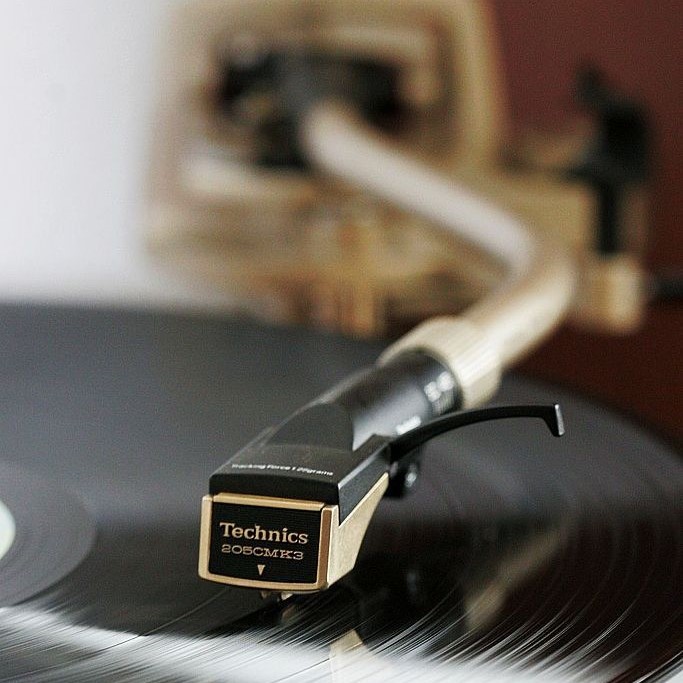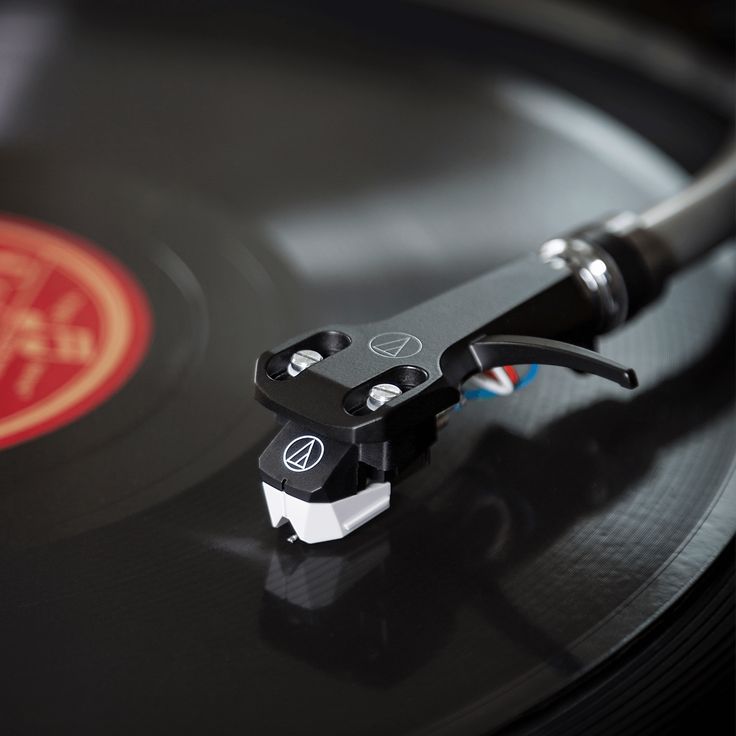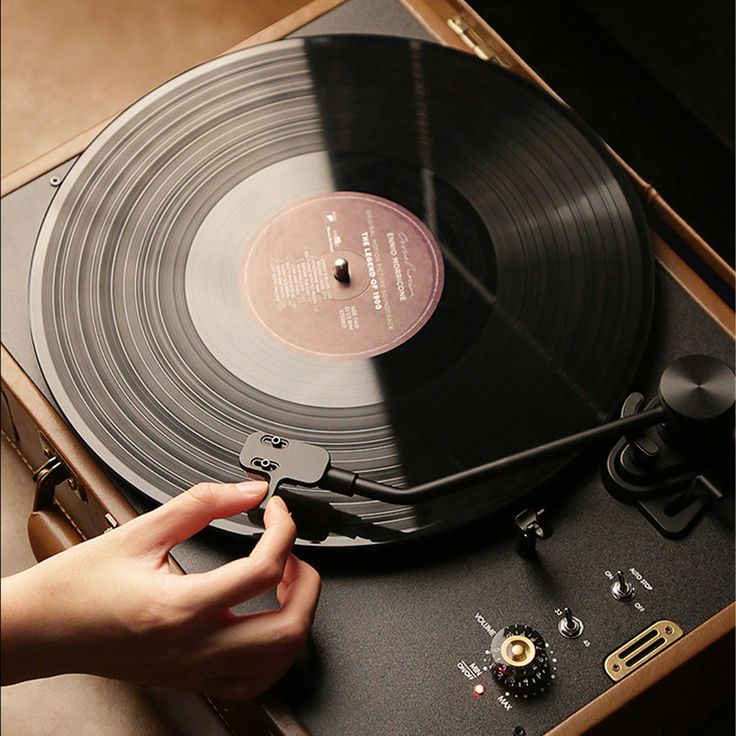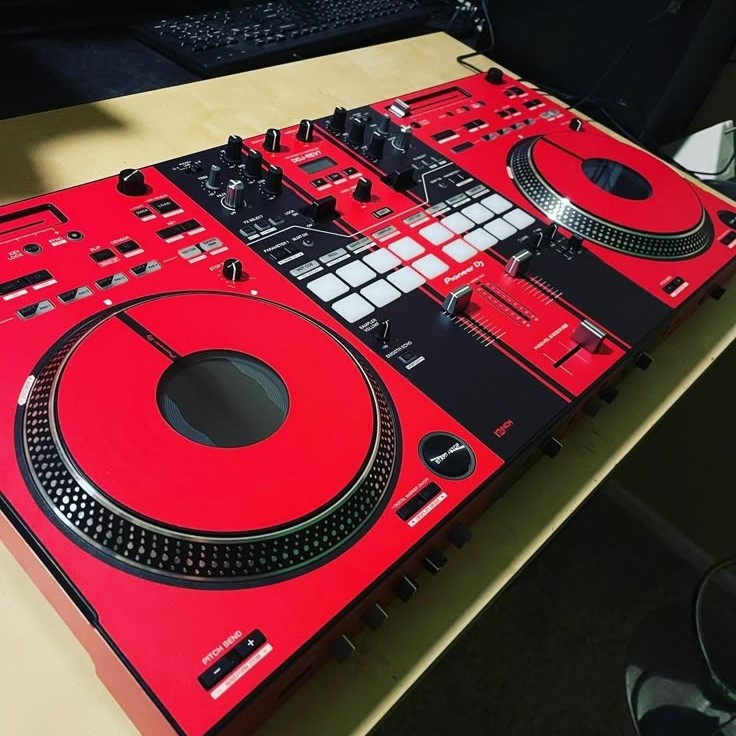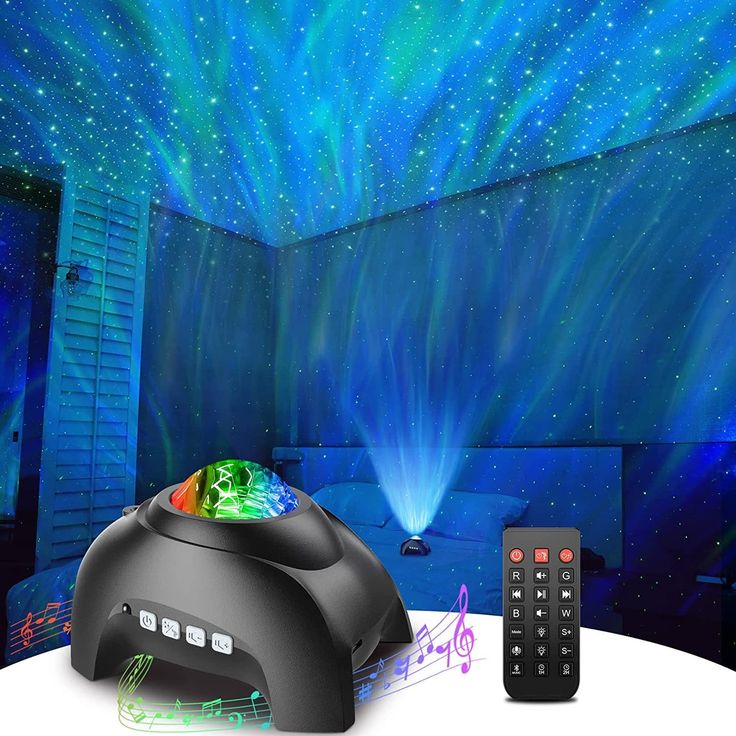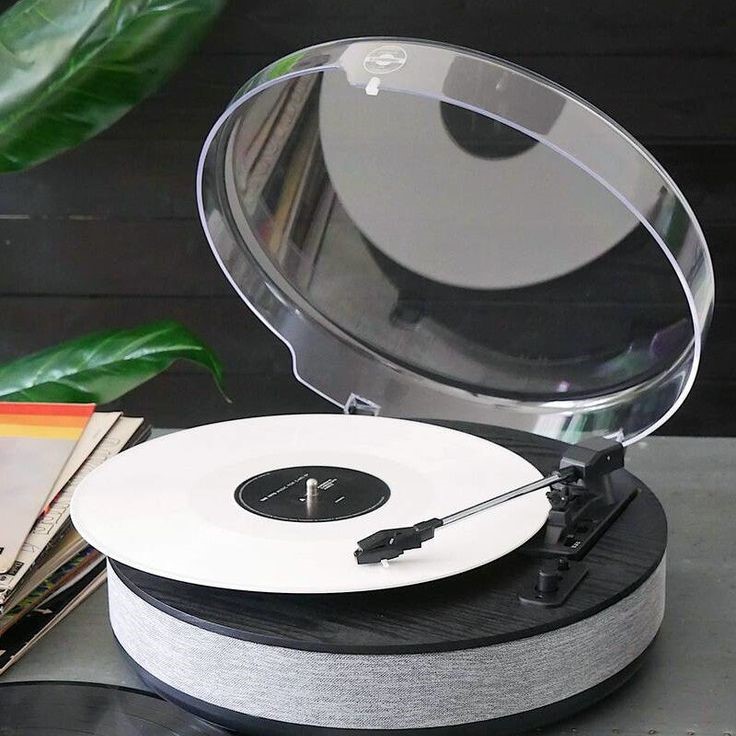Why You Need to Replace Your Turntable Stylus
A turntable stylus plays a key role in delivering high-quality sound from vinyl records. Over time, the stylus undergoes wear and tear that can impact playback. Regular replacement ensures your records remain undamaged and sound their best.
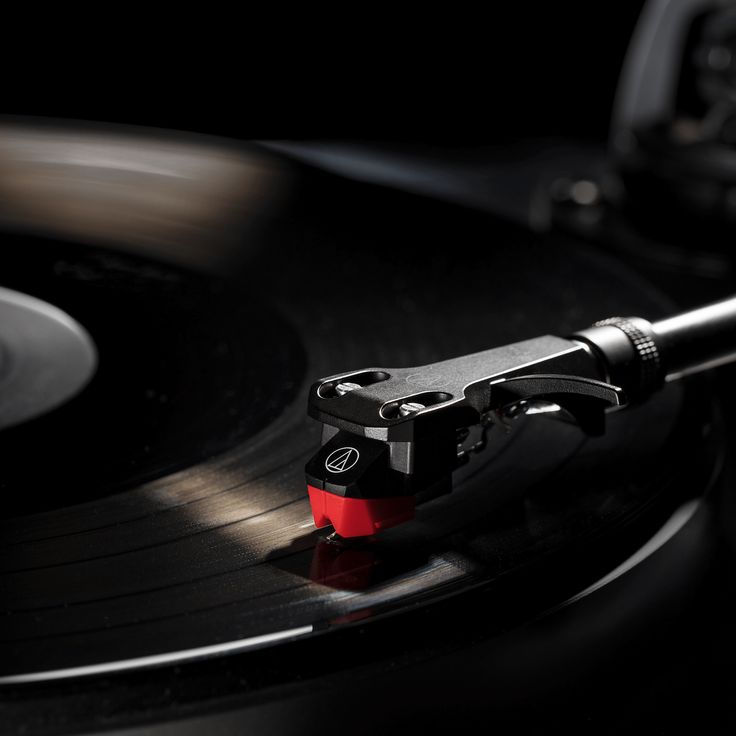
Signs of a Worn-Out Stylus
Identifying a worn-out stylus early can prevent record damage. Common signs include distorted sound, excessive skipping, and poor tracking. You might also notice visible wear on the stylus tip, such as flattening or chipping. Ignoring these signs can result in permanent record wear.
Potential Sound Quality Issues
A worn stylus can dramatically reduce sound quality. You may hear muffled or distorted audio, loss of detail, or uneven sound levels. Over time, these issues worsen and can harm your records. Replacing the stylus restores optimal audio performance and protects your collection.
Types of Turntable Stylus
Choosing the right turntable stylus is essential for optimal sound quality. Each stylus type has unique characteristics and suits different listening preferences. Here are the main types of turntable styluses to consider:
Conical Stylus
A conical stylus is the simplest and most common stylus shape. It has a rounded tip that contacts a large portion of the record groove.
Advantages of a Conical Stylus
- Durability: Conical styluses are known for their robust construction. The rounded tip design provides a larger contact surface, which distributes pressure more evenly across the record groove. This characteristic helps reduce the wear and tear on both the stylus and the vinyl records, making them last longer.
- Affordability: Generally, conical styluses are more economical compared to other stylus designs like elliptical or micro-line types. This makes them an attractive option for casual listeners or those new to vinyl, allowing for good quality sound without a hefty investment.
- Ease of Use: Due to their straightforward design, conical styluses are usually easy to install and replace. This user-friendliness is beneficial, especially for those who are not experienced in turntable maintenance.
- Great for Casual Listening: For everyday listening or background music, conical styluses provide an adequate sound quality that caters well to casual listeners. They perform effectively across a variety of musical genres, making them a versatile choice for those who enjoy a mix of music styles.
Limitations of a Conical Stylus
- Sound Detail Capture: One of the primary drawbacks of a conical stylus is its ability to capture sonic details. The rounded tip does not penetrate the record groove as deeply or precisely as other stylus types, such as elliptical or micro-line styles.
- Less Precise Sound Quality: Because of the shallower contact and less effective tracking of the groove, conical styluses may not reproduce the full range of audio frequencies or the finer details of recordings. This limitation can result in a less detailed sound stage, potentially missing nuances present in the audio that more advanced stylus types can capture.
- Suboptimal for Audiophiles: Enthusiasts and audiophiles who seek high-fidelity sound reproduction may find conical styluses lacking in performance. For those who value clarity, accuracy, and the subtleties of their music collection, investing in a more sophisticated stylus design may be warranted.
Elliptical Stylus
Elliptical styluses feature a more pointed tip that makes deeper contact with the groove. This design retrieves audio details more effectively than a conical stylus.
Advantages of an Elliptical Stylus
- Superior Tracking Precision: The pointed tip of an elliptical stylus allows for more accurate tracking within the grooves of a record. This precision enables the stylus to follow the intricate contours of the groove better than conical designs, resulting in more effective sound reproduction.
- Richer Sound Quality: Because of its superior tracking ability, an elliptical stylus can capture a wider range of frequencies. This results in a richer, fuller sound profile, enhancing the overall listening experience. Audiophiles often prefer elliptical styluses for their ability to reproduce detailed and dynamic audio.
- Better Clarity: Elliptical styluses excel at retrieving subtle audio details that may be missed by other stylus types. This clarity makes them particularly suitable for high-fidelity (hi-fi) listening environments, where quality of sound is paramount. Listeners can enjoy the nuances of their favorite recordings, making the music feel more immersive and engaging.
- Ideal for Complex Music Genres: Genres that feature intricate arrangements and layered sounds, such as classical, jazz, and high-quality recordings, benefit significantly from elliptical styluses. Their ability to detect fine details allows listeners to appreciate the artistry within these musical compositions fully.
Limitations of an Elliptical Stylus
- Increased Wear on Records: One notable drawback of elliptical styluses is their tendency to wear down faster than conical styluses. Because they make closer and more concentrated contact with the vinyl surface, they can cause more wear on both the stylus itself and the records over time.
- More Frequent Replacement: As ellipticals wear down faster, users may find themselves needing to replace them more frequently. This can lead to increased costs over time, as high-quality elliptical styluses tend to be more expensive than their conical counterparts.
- Maintenance Requirements: Proper maintenance becomes crucial when using an elliptical stylus. Regular cleaning of both the stylus and the records is necessary to avoid buildup that can lead to distortion in sound quality and premature wear. Owners should also ensure that their turntable is correctly calibrated to mitigate any potential damage during playback.
- Sensitivity to Setup: Elliptical styluses may require more precise setup and alignment than conical styluses. Proper alignment ensures optimal performance; otherwise, improper setup can lead to tracking issues or sound degradation.
MicroLine Stylus
A MicroLine stylus has an advanced design that mimics the groove shape more closely than other styluses. Its detailed shape ensures maximum groove contact, creating the most precise sound reproduction.
- Advantages: Exceptional tracking accuracy delivers unmatched sound detail and fidelity. Audiophiles prefer them for high-end audio setups.
- Limitations: These styluses are expensive and require meticulous upkeep. They are less forgiving of dirt and debris.
Understanding the differences between these stylus types can help you upgrade your playback experience. Always match the stylus type to your music style and turntable setup for the best results.
How to Choose the Right Stylus for Your Turntable
Choosing the right stylus ensures optimal performance and protects your vinyl records. Consider key factors carefully.
Compatibility with Your Cartridge and Turntable
Your stylus must match your cartridge and turntable type. Check your turntable’s manual to confirm compatibility. Not all styluses fit every cartridge design; ensure you select the correct type. Verify if your cartridge supports specific stylus shapes like conical, elliptical, or MicroLine. Incorrect pairing leads to poor performance and possible damage.
Considerations for Different Playback Needs
Identify your listening preferences before selecting a stylus. For casual use, choose a durable conical stylus. If you’re an audiophile, prefer an elliptical or MicroLine stylus for superior sound detail. Match stylus quality to your budget and playback demands. Factor in stylus longevity and maintenance to avoid frequent replacements.
Choosing a compatible and suitable stylus improves sound quality and extends your equipment lifespan.
Step-by-Step Guide to Replacing Your Turntable Stylus
Replacing a turntable stylus may seem daunting, but it’s straightforward with the right approach. Follow these steps to safely and effectively replace your stylus.
Preparing Your Turntable for Replacement
- Power Off the Turntable: Ensure your turntable is powered off to avoid any electrical mishaps.
- Secure the Tonearm: Lock the tonearm in place to prevent accidental movement during the process.
- Work in a Clean Area: Perform the replacement in a clean, well-lit space to avoid dust and debris.
- Gather Tools and Instructions: Refer to your turntable’s manual and keep any necessary tools handy.
Removing the Old Stylus
- Identify the Stylus: Locate the stylus attached to the cartridge at the end of the tonearm.
- Gently Detach the Stylus: Carefully pull or slide the stylus out as instructed in your manual. Avoid excessive force.
- Inspect the Cartridge: Check the cartridge for dirt or wear before attaching the new stylus.
Installing the New Stylus
- Align the Stylus Properly: Position the new stylus to match the grooves or slots in the cartridge.
- Secure the Stylus in Place: Push or snap the new stylus gently into the cartridge until it locks.
- Double-Check Alignment: Ensure the stylus is aligned and firmly secured to avoid playback issues.
- Test the Setup: Power on the turntable and play a record to confirm proper installation.
By following these steps, you can replace your stylus easily and maintain optimal sound quality.
Maintenance Tips for Extending Stylus Lifespan
Proper care can significantly extend the lifespan of your turntable stylus. Regular upkeep ensures consistent sound quality and protects your records. Follow these essential maintenance practices to keep your stylus in top condition.
Proper Cleaning Techniques
- Clean the Stylus After Each Use: Use a soft stylus brush to remove dust and debris. Always brush in a forward motion—from back to front, following the stylus’s natural direction.
- Use Stylus Cleaning Solutions Sparingly: Apply specialized cleaning solutions only when necessary. Avoid overuse as it may damage delicate parts.
- Avoid Touching the Stylus Tip: Handle the stylus carefully to prevent oils or dirt from transferring onto it. Always use clean hands or tools.
- Keep Records Clean: Regularly clean your vinyl records to reduce stylus wear. Dirty records force the stylus to work harder, causing unnecessary wear.
Tracking Force Adjustment
- Check and Adjust Tracking Force: Use a tracking force gauge to measure and adjust your tonearm’s tracking force. Incorrect force can damage the stylus and vinyl.
- Follow Manufacturer’s Guidelines: Set the tracking force as per your turntable or cartridge manual. Ensure it suits your stylus type.
- Balance the Tonearm: Proper tonearm calibration prevents undue pressure on the stylus. Always balance it to minimize wear.
Regular cleaning and precise tracking force adjustment improve your stylus longevity. By maintaining your stylus properly, you’ll enjoy better sound and protect your records.
Common Mistakes to Avoid When Replacing a Stylus
Replacing your turntable stylus requires precision and care. Mistakes during replacement can lead to poor playback or even damage. Knowing what to avoid will protect your equipment and records.
Using an Incorrect Stylus
- Wrong Stylus Compatibility: Ensure the stylus matches your cartridge and turntable model. Using an incompatible stylus can cause performance issues.
- Style Shape Mismatch: Choose the correct stylus type (conical, elliptical, or MicroLine) for your music preferences.
- Ignoring Installation Guidelines: Follow your turntable manual closely to avoid errors while swapping the stylus. Using the wrong type leads to suboptimal sound or vinyl damage.
Damaging the Cartridge During Replacement
- Excessive Force During Removal: Remove the old stylus gently to avoid breaking cartridge parts. Use precision, not strength.
- Wrong Angle When Installing: Position the new stylus carefully to align it with the cartridge grooves. Misalignment can damage the stylus or cartridge.
- Not Securing Stylus Properly: Ensure the stylus locks firmly into the cartridge. Loose installations can result in playback errors.
- Skipping a Cartridge Check: Inspect the cartridge for dirt or wear before installing the new stylus. A dirty cartridge hampers sound quality.
By avoiding these common mistakes, you can successfully replace your stylus and preserve your turntable’s performance.
Where to Buy Replacement Styluses
Finding a reliable source to buy replacement turntable styluses is essential. Quality styluses ensure great sound and protect your records. Below are the best places to purchase replacement styluses.
Recommended Online Retailers
- Amazon: Offers a vast selection of turntable styluses. You can find all types and price ranges. Check product reviews to ensure quality before buying.
- Turntable-Specific Websites: Websites like Audio-Technica and Ortofon sell styluses directly. They provide options specifically for their cartridges.
- Specialized Audio Stores: Online stores like Needle Doctor focus on audio gear. They offer expert support and niche products.
- eBay: Useful for rare or discontinued styluses. Ensure you purchase from reputable sellers with good ratings.
- Crutchfield: Known for quality audio equipment. They offer trusted brands and excellent customer service.
Online retailers are convenient, offer a range of styles, and often include customer reviews.
Local Specialty Audio Stores
- Dedicated Hi-Fi Shops: Visit local audio stores specializing in vinyl and turntables. Staff can provide personalized recommendations.
- Music Stores: Many traditional music stores stock replacement styluses. They’re ideal for in-person browsing.
- Repair Shops: Audio repair shops may sell replacement styluses. They can also check your turntable for issues.
Shopping locally allows you to see the stylus before buying. You can also get professional advice.
Whether online or local, always verify compatibility with your turntable before purchase.
Conclusion
The turntable stylus is a small but essential part of your vinyl setup. In 2025, as the popularity of turntables continues to grow, understanding how to maintain and replace your stylus is more important than ever.
By choosing the right stylus, following proper replacement techniques, and practicing regular maintenance, you can ensure your turntable delivers the best possible sound quality. This not only enhances your listening experience but also protects your valuable vinyl collection.
Whether you’re a casual listener or a serious audiophile, a well-maintained turntable stylus is a key investment in your audio journey. As the demand for analog music rises, staying informed about turntable care will help you get the most out of your system.
So, take the time to learn about your turntable stylus, replace it when needed, and enjoy the rich, immersive sound that only vinyl can provide.
Make sure to visit our guide on turntable stylus replacement to stay up-to-date with the latest trends and tips in 2025. It’s time to elevate your listening experience and keep your turntable in top condition.
